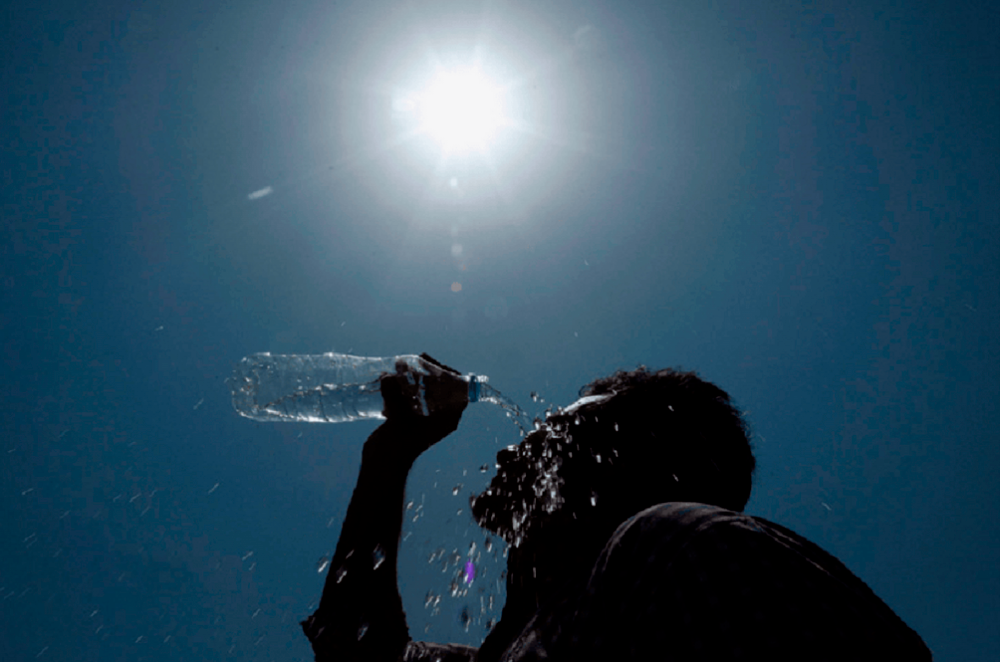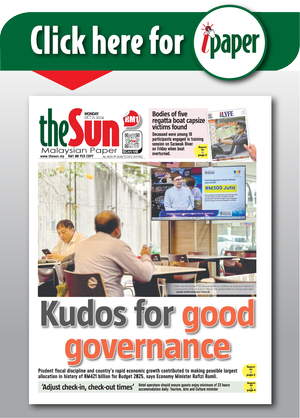PETALING JAYA: As the annual hot season returns with temperatures soaring up to 37°C, a university professor has proposed a natural and energy-saving method to keep homes cool.
University Putra Malaysia Assoc Prof Dr Suriati Paiman said a natural way to reduce indoor temperature is by using a “labu sayong” (calabash), a traditional water jug made of clay as an evaporative cooling system.
“An evaporative cooling system converts water into vapour by using thermal energy in the air. The water will then absorb a large amount of heat to evaporate, resulting in lower air temperatures.
“The water in the labu sayong is lower than the external temperature due to evaporation from its inner wall surface. Therefore, the evaporative cooling system of a labu sayong works by removing latent heat through evaporation,” she said, adding that the technique is suitable here due to the hot and humid climate.
Suriati said labu sayong can improve indoor thermal comfort while reducing the overall energy consumption of a household.
“Compared with other modern cooling systems such as air-conditioning, labu sayong uses no electricity, which addresses the issue of increasing costs while keeping the house cool.
“When combined with mechanical ventilation, the system not only cools the indoor environment, much like air conditioning, but also prevents excessive heat from building up.”
“In dry climates, evaporative cooling of air has the added benefit of increasing moisture in the air,” she said, adding that people in hot and dry climates with limited access to electricity could also use it to keep perishable food items cool.
Environmental Protection Society Malaysia president Nithi Nesadurai said there are several natural methods for keeping indoor temperatures low without relying heavily on air-conditioning.
“The most cost-friendly and effective method to lower indoor temperature would be to have potted plants within the home.
“Enabling air circulation and cross ventilation would also facilitate cooling. Keeping doors and windows open in the evenings will allow cool air in while keeping them shut during the day can keep hot air out.”
For those living in landed properties, he said insulating the roof will prevent heat buildup in the house, since the roof is the main source of heat.
“While this involves some expenditure, this will effectively reduce indoor temperature. Additionally, it is only a one-time expenditure.”
Nithi said better building design can also help keep indoor temperatures low instead of creating “heat islands”.
“Houses with older designs have ventilation holes at the top of the walls that facilitate airflow. There are also open air-wells in the middle of the house for natural lighting and ventilation,” he said, adding that these are seldom seen in modern houses.
He suggested energy-efficient technologies that can assist in naturally cooling indoor spaces to keep energy consumption low.
“When building new houses, use technologies with building designs that permit cross ventilation, roof ventilation and circulation. Other technologies include roof insulation and hollow bricks. Painting external walls white will also help to reflect heat,” he said.
He also proposed placing main heat generating appliances such as the television, computer and fridge away from walls to allow air circulation.
“Ideally, these appliances should be switched off and unplugged when not in use. But we can minimise heat by placing it at more strategic locations in the house.”









